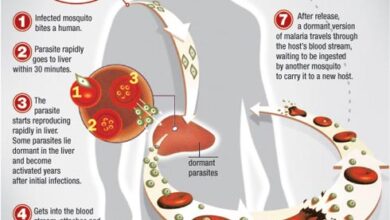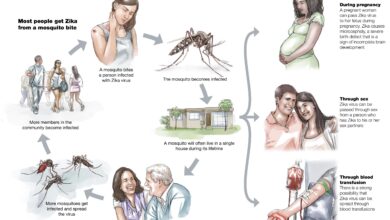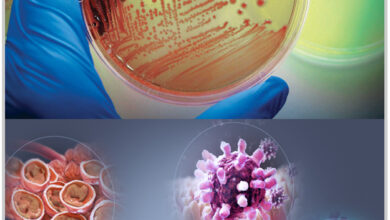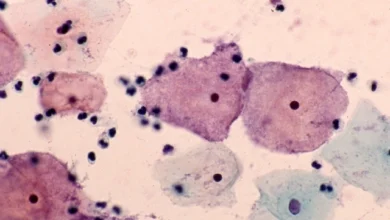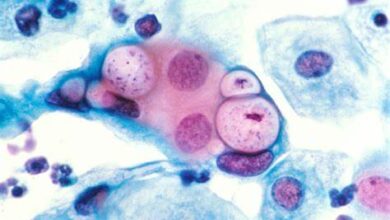
STIs and Teens A Growing Problem
STIs and Teens A Growing Problem
Teenagers are disproportionately affected by sexually transmitted infections (STIs), raising concerns about their sexual health and well-being. This article delves into the rising issue of STIs among teens, highlighting its causes, consequences, and crucial strategies for prevention and management.
Understanding the Scope: Alarming Statistics
- Globally: Half of all new STI cases occur among 15-24 year olds, despite them making up only 25% of the sexually active population.
- In the US: The CDC estimates over 23 million new STI cases occur annually, with approximately 2 million affecting teens aged 13-19.
- Common culprits: Chlamydia, gonorrhea, and HPV are the most prevalent STIs among teens, often asymptomatic, leading to delayed diagnosis and complications.
Why Teens are More Vulnerable: A Complex Web
Biological and social factors contribute to increased vulnerability:
- Cervical anatomy: Young women’s immature cervixes are more susceptible to infections.
- Behavioral factors: Experimentation, inconsistent condom use, and multiple partners heighten risk.
- Limited access to healthcare: Stigma, cost, and lack of awareness may deter testing and treatment.
- Misinformation and inadequate sex education: Incomplete knowledge hampers informed decision-making.
The Silent Threat: Consequences of Untreated STIs
Early detection and treatment are crucial, as untreated STIs can lead to:
- Pelvic inflammatory disease (PID): Fertility complications, chronic pain, and ectopic pregnancy in women.
- Increased HIV risk: STIs make individuals more susceptible to HIV transmission and acquisition.
- Long-term health issues: Untreated infections can cause severe consequences like infertility, blindness, and even death.
Breaking the Silence: Early Detection and Testing
Regular testing empowers teens to take control of their sexual health:
- Recommended testing: Consult healthcare providers for personalized testing schedules based on risk factors.
- Confidentiality: Many clinics offer confidential testing options, ensuring privacy and reducing stigma.
- Early treatment: Prompt treatment minimizes complications and prevents transmission to partners.
Beyond Testing: Embracing Prevention Strategies
Prevention remains the cornerstone in tackling the STI epidemic among teens:
- Comprehensive sex education: Equipping teens with accurate knowledge about STIs, safe sex practices, and healthy relationships is vital.
- Condom use: Consistent and correct condom use significantly reduces STI transmission risk.
- Open communication: Honest communication with partners about sexual history and testing promotes informed choices.
- Parental involvement: Supportive and open dialogue with parents fosters trust and responsible behavior.
Dismantling Stigma and Seeking Support
The stigma surrounding STIs often deters teens from seeking help:
- Remember: STIs are common, and you are not alone.
- Seek support: Confidential counseling services can guide you through emotional challenges and provide resources.
- Advocate for change: Destigmatization efforts encourage open communication and help-seeking behavior.
Collective Action for a Healthier Future
Combating the rising tide of STIs among teens requires a collaborative effort:
- Strengthening sex education: Comprehensive, age-appropriate sex education in schools and communities is crucial.
- Ensuring accessible healthcare: Affordable and confidential testing and treatment services are essential.
- Destigmatization campaigns: Raising awareness and reducing stigma encourage help-seeking and responsible behavior.
- Advocacy for policy changes: Policies promoting comprehensive sex education and accessible healthcare are necessary.
Investing in these efforts creates a future where all teens can access the knowledge, resources, and support they need to make informed choices and protect their sexual health.
Remember: Knowledge is power. Stay informed, communicate openly, and prioritize regular testing. These are your most powerful tools in navigating the landscape of STIs. With individual responsibility and collective action, we can create a healthier future for all teens.
- Baby names starting with A
- Baby names starting with B
- Baby names starting with C
- Baby names starting with D
- Baby names starting with E
- Baby names starting with F
- Baby names starting with G
- Baby names starting with H
- Baby names starting with I
- Baby names starting with J
- Baby names starting with K
- Baby names starting with L
- Baby names starting with M
- Baby names starting with N
- Baby names starting with O
- Baby names starting with P
- Baby names starting with Q
- Baby names starting with R
- Baby names starting with S
- Baby names starting with T
- Baby names starting with U
- Baby names starting with V
- Baby names starting with W
- Baby names starting with X
- Baby names starting with Y
- Baby names starting with Z



